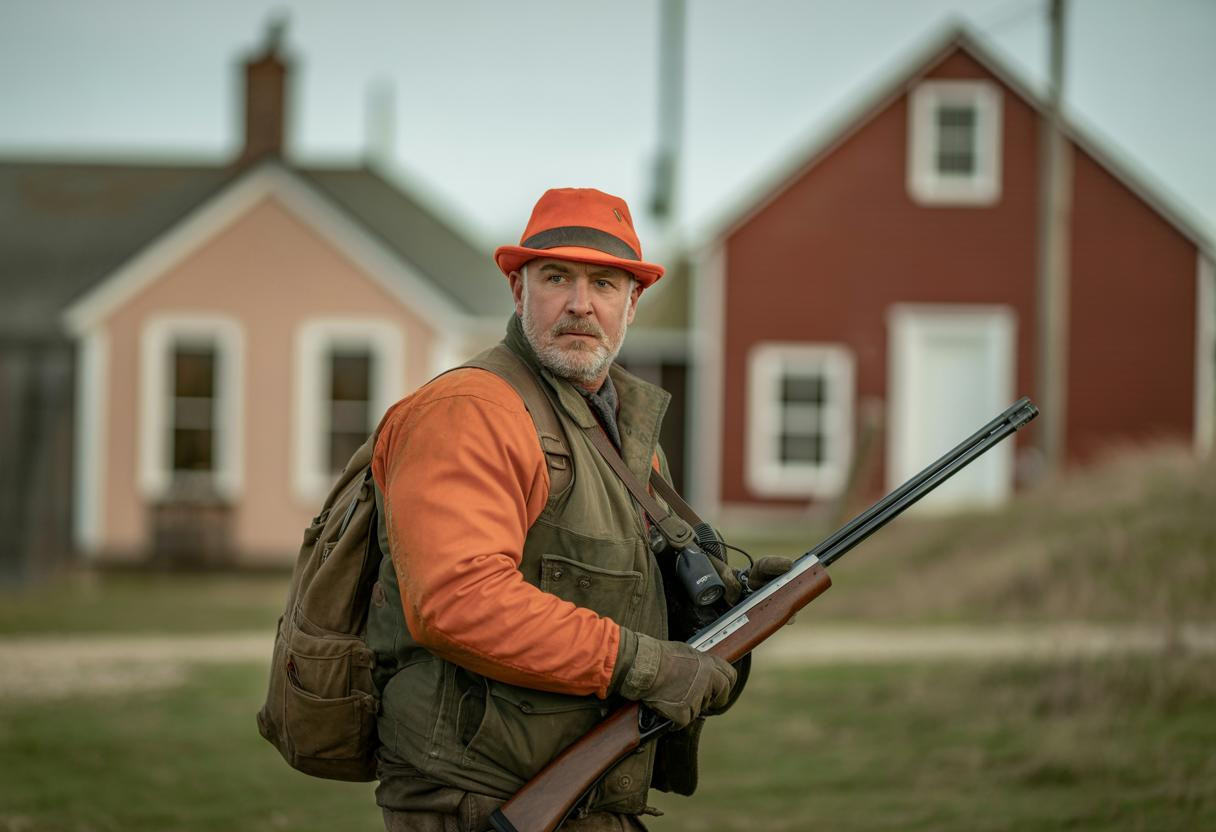Small towns across rural America are quietly fighting for survival, and their secret weapon might surprise you: hunters and fishermen are keeping entire communities alive during brutal off-seasons when other businesses struggle to break even. These outdoor enthusiasts inject over $148 billion annually into local economies, but the real story lies in how cleverly these towns have learned to maximize every hunting license and fishing trip.
What started as simple guide services has evolved into sophisticated economic engines that rival urban tourism destinations. Towns like Huron, South Dakota, now depend on hunting season for 80% of their lodging revenue, while communities in Montana book their motel rooms over a year in advance. The numbers tell an incredible story of rural resilience.
The hidden economics of seasonal survival
The math behind rural America’s hunting and fishing economy reveals a fascinating pattern most people never see. Over 52.4 million anglers contribute $148 billion annually while supporting nearly one million jobs nationwide, but it’s the multiplier effect that truly transforms communities.
In towns like Huron, restaurants experience significant revenue boosts during peak hunting months, while grocery stores see only modest 2-3% increases. This disparity highlights something crucial: tourism dollars concentrate in service industries where money changes hands multiple times before leaving the community.
The commercial and recreational fishing industries combined generated $321 billion in sales impacts and 2.3 million jobs in 2022, with two-thirds of tourism income entering communities indirectly through interconnected services. This economic web becomes a lifeline when traditional industries struggle.
Seasonal cash flow patterns
October through December creates a financial lifeline for rural businesses, but the real challenge lies in surviving the off-season. Successful towns have discovered that community-driven events like Huron’s Ringneck Festival can extend revenue streams beyond peak hunting periods.
These festivals, often run by 110+ volunteers, demonstrate how rural communities can leverage their hunting and fishing reputation to create year-round economic opportunities. The strategy mirrors how businesses might adapt sustainable wardrobe strategies for small businesses by maximizing versatile assets across multiple seasons.
Innovation beyond traditional hunting and fishing
The most successful rural towns are quietly revolutionizing how they approach outdoor recreation economics. Conservation-linked revenue streams now allow hunting tourism to fund wildlife management, creating sustainable business models that benefit both ecosystems and local economies.
Technology integration has become essential, though infrastructure challenges remain significant. Many rural communities struggle with infrastructure challenges in rural technology adoption that limit their ability to compete with urban tourism destinations through online booking platforms and social media marketing.
Public-private partnerships driving success
The Tamarac National Wildlife Refuge in Minnesota exemplifies how federal partnerships can boost local economies. By adjusting early teal hunt seasons to align with tribal land management and state regulations, communities balance conservation goals with economic needs.
These collaborations demonstrate that successful rural economies don’t just extract value from natural resources—they invest in sustainable management that ensures long-term viability for both wildlife and communities.
The demographic challenge nobody talks about
Rural hunting and fishing communities face a hidden crisis: changing demographics threaten traditional economic models. Younger outdoor enthusiasts increasingly prioritize eco-conscious practices, forcing guides and outfitters to adapt their services and marketing approaches.
Climate change compounds these challenges by altering wildlife migration patterns and seasonal timing. Some communities have begun addressing broader demographic shifts, including considerations for community safety initiatives for aging populations as rural areas experience significant demographic transitions.
Economic vulnerabilities hiding in plain sight
The concentration of revenue during peak seasons creates dangerous financial instability. Towns dependent on single species face catastrophic risk if populations decline or climate patterns shift significantly.
Low-wage seasonal employment dominates many rural tourism economies, creating challenges similar to broader economic vulnerabilities. This mirrors concerns about economic vulnerabilities affecting rural retirees who depend on stable, predictable income streams.
The future of rural outdoor recreation economics
The most resilient rural communities are those diversifying beyond traditional hunting and fishing. Successful towns integrate ecotourism, bird-watching, and nature tours to create year-round revenue streams that complement seasonal peaks.
Technology-driven booking platforms and social media marketing are expanding customer demographics, but rural communities must invest in infrastructure and training to compete effectively. The key lies in balancing traditional outdoor recreation with modern business practices and conservation ethics.
Rural America’s survival story isn’t just about hunters and fishermen—it’s about communities smart enough to build sustainable economic ecosystems around their natural advantages. The towns that thrive will be those that innovate while respecting the traditions that brought success in the first place.
